Puma India recently made a notable change to its brand identity by temporarily replacing the iconic “PUMA” logo with “PVMA” at various stores across the country. This move was made to mark the company’s new partnership with Indian badminton star PV Sindhu, a two-time Olympic medalist. Puma’s decision to adopt the “PVMA” signage for a week was a symbolic gesture to honor Sindhu’s achievements and emphasize the significance of the brand’s foray into the sport of badminton.
The partnership with Sindhu is a strategic move by Puma to expand its presence in the badminton sector, a sport that has gained increasing popularity in India. Through this collaboration, Puma will introduce a specialized range of badminton products, including shoes, apparel, and accessories, designed to meet the performance needs of players. This marks Puma's official entry into the badminton market, with India becoming the first country where the brand will focus on racquet sports.
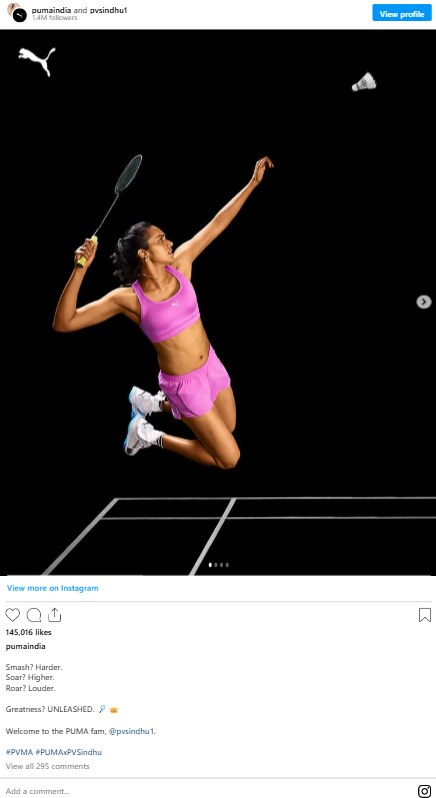
Badminton has witnessed a rise in popularity in India, with a growing fan base that now stands at 57 million, according to a 2024 report by Google and Deloitte. The sport has become particularly popular among younger audiences, with 27.8 million fans from Generation Z. This demographic has contributed to badminton’s status as the second-most played sport in urban areas, following cricket. Over the past four years, active participation in badminton has increased by 65%. This shift in interest has encouraged Puma to partner with Sindhu, recognizing her role in promoting the sport in India.
Sindhu’s achievements in badminton have played a significant role in shaping the sport’s landscape in India. As the first Indian athlete to win five world championship medals in badminton, she has raised the profile of the sport on a global level. Her success in the Olympics, Commonwealth Games, and Asian Games, combined with her numerous accolades, including the Padma Bhushan, Padma Shri, and Khel Ratna, has made her one of India’s most recognized athletes.
Sindhu’s success has also translated into a strong presence on social media. She is the most-followed badminton athlete globally, with 4 million followers on Instagram. This digital reach adds a layer of influence to her partnership with Puma, as the brand looks to tap into the younger audience that closely follows Sindhu.
In addition to her athletic achievements, Sindhu has become a role model for aspiring athletes, particularly women. She has used her platform to inspire others to pursue sports and push their limits. Through her partnership with Puma, Sindhu aims to motivate young athletes, especially women, to take risks, believe in themselves, and strive for success both on and off the court. “I’m excited to join the Puma family,” Sindhu shared, “and this partnership isn’t just about being part of something bigger, it’s about connecting with people who value hard work and determination.”
Puma's decision to enter the badminton market is part of a broader strategy to expand its sports portfolio and reach new customers. The India Open 2025 will be the first major event where Puma and Sindhu will collaborate, offering a platform for both to showcase their partnership. The India Open is one of the key badminton tournaments in India, and it is expected to provide a significant opportunity for Puma to establish its presence in the sport.
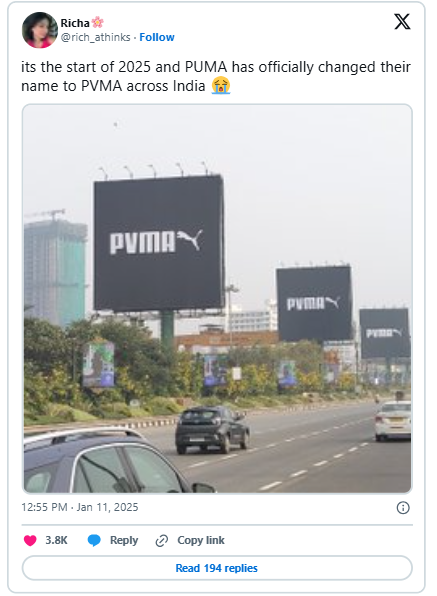
Karthik Balagopalan, Managing Director of Puma India, expressed his enthusiasm for the partnership by acknowledging PV Sindhu’s significant influence on the sport of badminton. He emphasized that Sindhu's accomplishments have elevated India’s position in the global sports arena and have inspired millions to engage with the sport. Mr.Balagopalan also noted that this partnership aligns with Puma’s strategy to expand its presence in India’s fast-growing sports market. By collaborating with such a prominent figure, Puma aims to further strengthen its foothold and contribute to the sport’s growth in the country.
Puma's partnership with Sindhu is significant for several reasons. First, it represents the brand’s commitment to investing in emerging sports markets, particularly badminton, which has gained traction in India in recent years. Second, it emphasizes Puma’s goal of inspiring young athletes to take up sports and pursue excellence. Sindhu’s influence as an athlete and a role model aligns with Puma’s values and its mission to promote sports participation and performance.
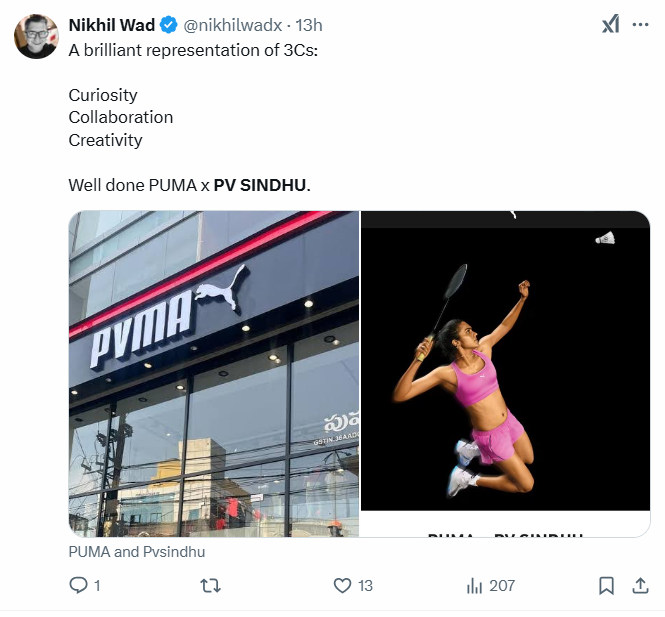
With the continued growth of badminton in India and Sindhu’s role in its rise, Puma’s partnership with her is well-timed. As more young people take an interest in the sport, Puma’s products and brand message are likely to resonate with the next generation of athletes. Through this collaboration, Puma is not only entering a new market but also contributing to the future of badminton in India.

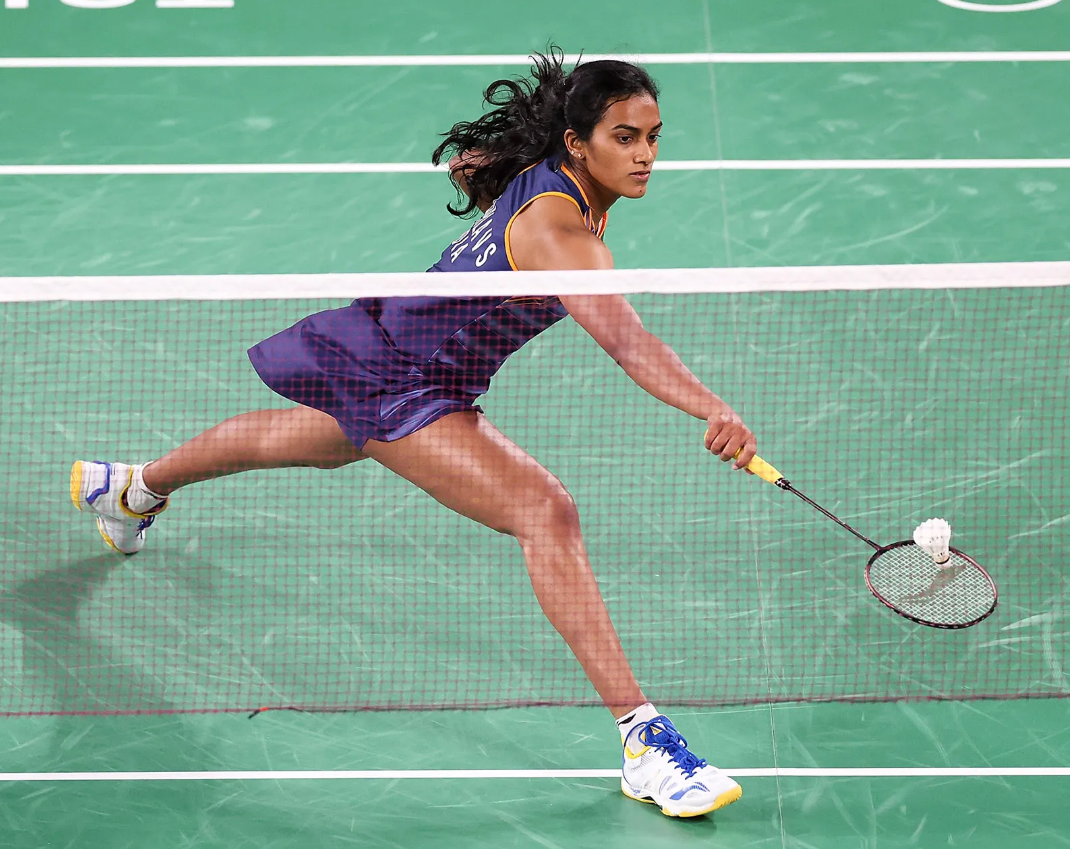
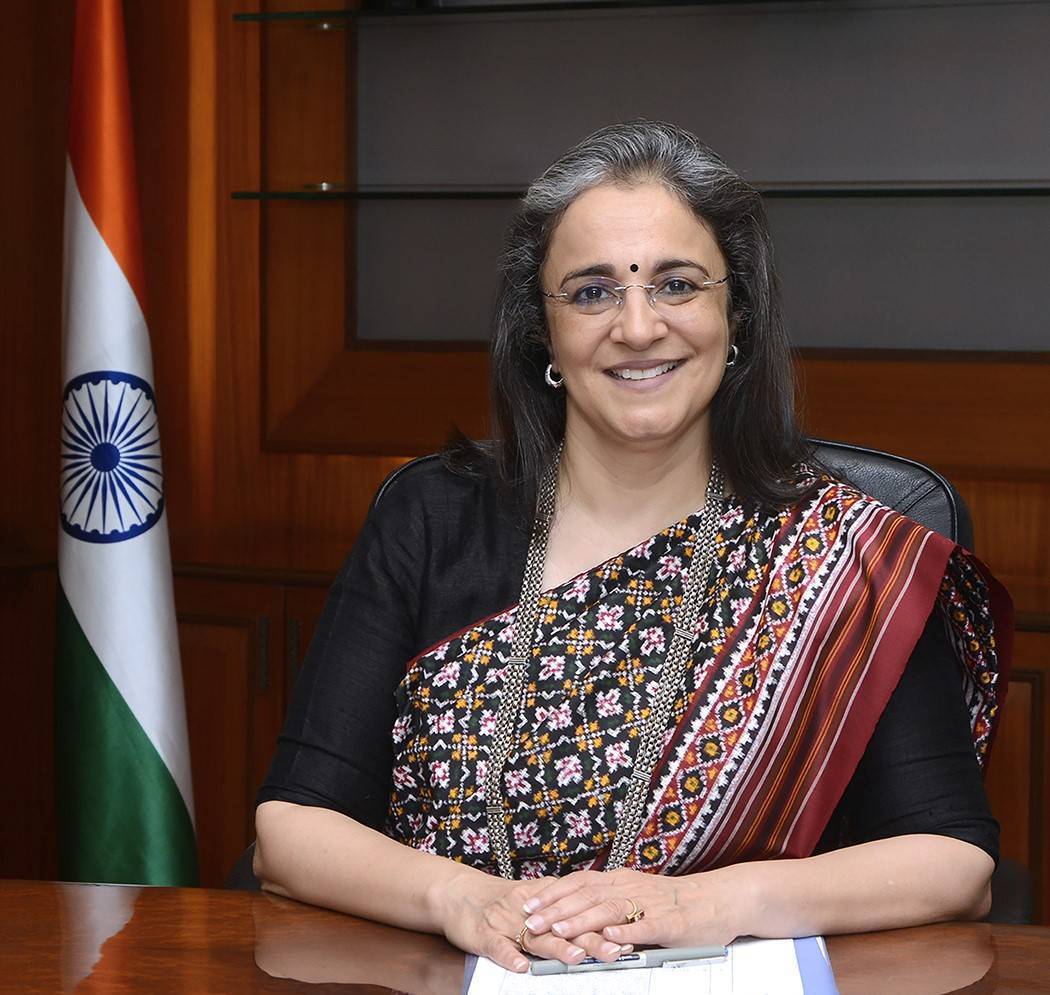






.png)